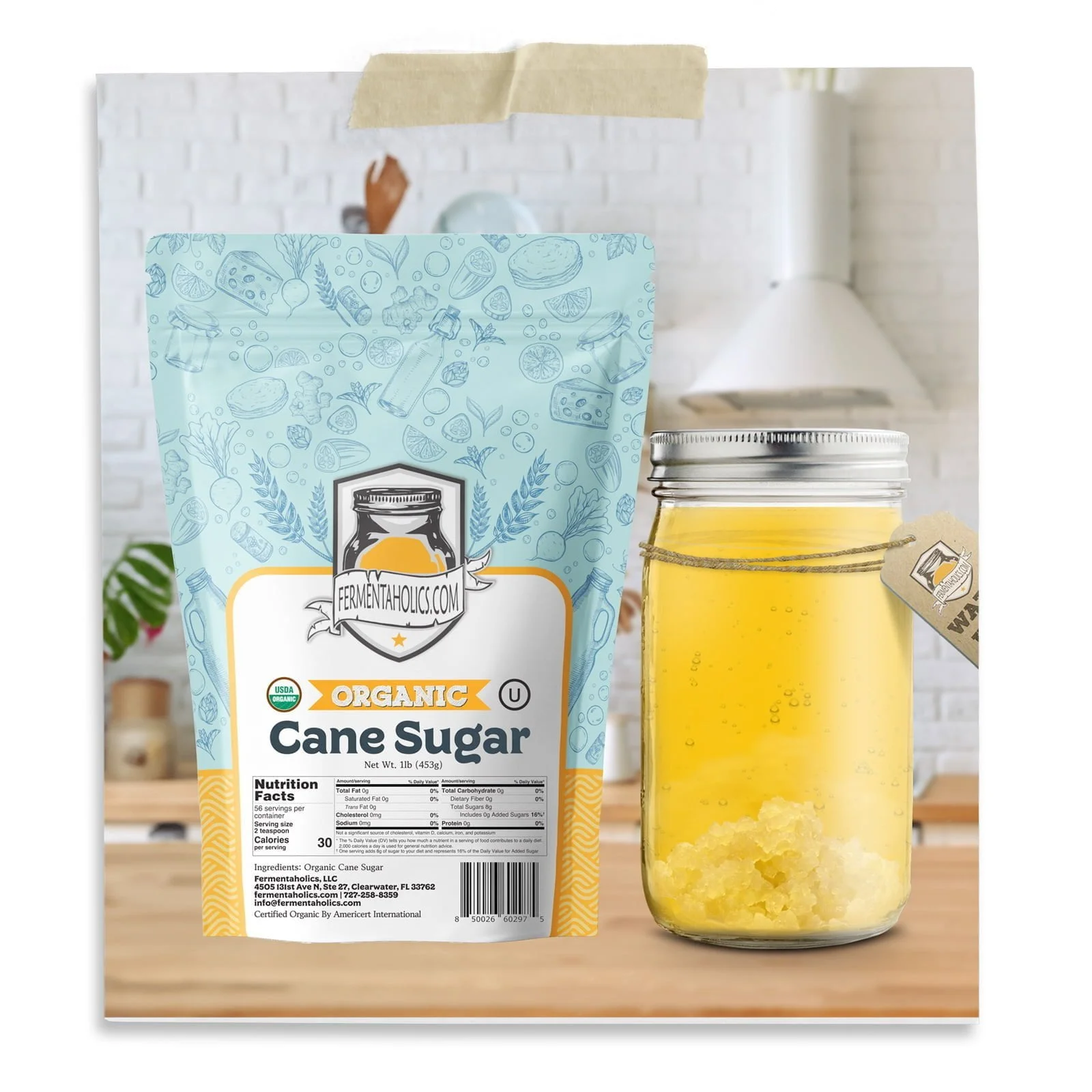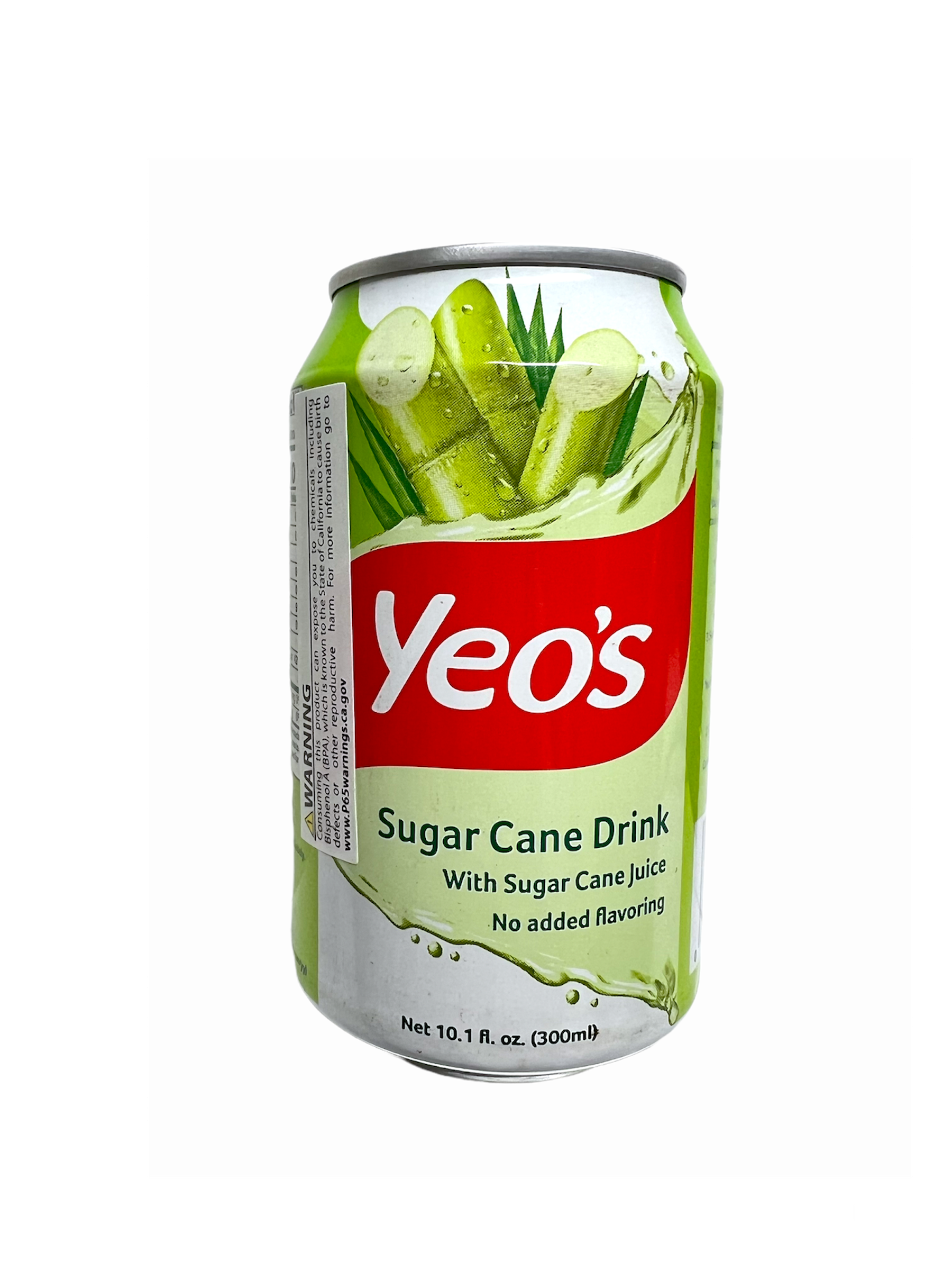Eco-Friendly Insights: What Is Sugar Cane Used For in Environmental Projects
Recognizing the Diverse Roles of Sugar Cane in Agriculture and Production
Sugar Cane plays a critical role in both farming and manufacturing. As a major cash plant, it affects economies in exotic regions. Its convenience expands past sugar production to biofuels and eco-friendly materials. Additionally, sugar Cane growing advertises dirt health and wellness and biodiversity. Nevertheless, the complete extent of its contributions and potential in lasting practices continues to be to be explored. What innovative actions could boost its duty in future agricultural systems?
The Agricultural Value of Sugar Walking Cane
Sugar Cane plays a vital role in farming, adding substantially to the economic situations of several exotic and subtropical regions. This turf species grows in warm climates, requiring enough sunshine and water, making it an ideal crop for these areas. Sugar Cane is mainly cultivated for its high sucrose web content, which serves as an essential basic material for sugar production. In addition, it plays a substantial function in soil preservation by protecting against disintegration and enhancing dirt fertility with its growth cycles. Sugar walking cane's substantial root system help in water retention, profiting neighboring plants. Additionally, the crop supports local ecosystems by giving environment and food for various wild animals species. Farmers often incorporate sugar Cane into plant rotation systems, boosting biodiversity and farming resilience. The growing of sugar Cane not only fulfills local food needs however additionally promotes sustainable farming practices, advertising long-term ecological health in farming neighborhoods.
Economic Contributions of Sugar Cane Farming
Although sugar Cane is commonly neglected, its financial contributions are considerable, specifically in establishing nations where it offers as a vital cash money crop. The farming of sugar Cane generates significant revenue for countless farmers, offering source of incomes and fostering country advancement. As a functional crop, it sustains numerous sectors, consisting of sugar manufacturing, biofuels, and pharmaceuticals, as a result stimulating neighborhood economic situations.
Sugar Cane farming advertises work production in farming markets, refining facilities, and transportation networks. It likewise adds to foreign exchange profits through exports, enhancing national financial security. In areas such as Brazil and India, sugar Cane plays a crucial duty in farming exports, boosting trade balances.
Additionally, the crop's by-products, like bagasse and molasses, supply further economic opportunities, made use of in power generation and pet feed. The financial effect of sugar Cane extends past simple growing, influencing more comprehensive commercial and farming landscapes.
The Process of Sugar Manufacturing From Walking Stick

The trip from sugar Cane to refined sugar entails a number of key phases that highlight the complexity of sugar manufacturing. Fully grown sugar Cane stalks are collected and delivered to processing centers. What Is Sugar Cane Used For. The Cane is after that crushed to remove juice, which includes a high focus of sucrose. This juice goes through explanation, where impurities are gotten rid of, typically making use of lime and heat
Next off, the cleared up juice is evaporated to concentrate the sugar web content. The resulting syrup is then subjected to formation, enabling sugar crystals to create. These crystals are separated from the staying syrup via centrifugation and washed to eliminate any kind of residual molasses.
The final stage entails refining, where sugar crystals are further cleansed and blonde, resulting in the white granulated sugar frequently used in food. This careful procedure underscores the complex trip from raw Cane to the sugar that plays a vital function in numerous culinary applications.
Sugar Cane as a Source of Biofuels
As rate of interest in renewable resource sources grows, sugar Cane has become a substantial prospect for biofuel manufacturing. The plant's high sugar content enables effective fermentation processes, transforming sugars right into ethanol. This biofuel works as an eco-friendly choice to fossil fuels, reducing greenhouse gas emissions and promoting energy sustainability.
Countries like Brazil have long utilized sugar Cane for ethanol, establishing substantial manufacturing facilities that sustains both domestic energy requirements and worldwide export. The growing of sugar Cane for biofuel has likewise produced economic opportunities, particularly in rural areas, where it generates employment and sustains neighborhood farming.
Moreover, sugar Cane biofuels can be integrated into existing gas systems, making them a sensible solution for shifting far from standard power sources. As technical innovations remain to boost manufacturing effectiveness, sugar walking stick's role in biofuel growth is positioned to broaden, further adding to global efforts towards sustainable energy fostering.
Ingenious Uses Sugar Cane in Biodegradable Plastics
An expanding variety of researchers and suppliers are discovering ingenious uses of sugar Cane in the manufacturing of naturally degradable plastics. Sugar cane, abundant in sucrose, can be processed to create polylactic acid (PLA), a biopolymer that serves as an alternative to petroleum-based plastics. This bioplastic can be used in various applications, consisting of packaging, non reusable cutlery, and farming films.
The usage of sugar cane-derived PLA presents numerous advantages, such as decreased dependancy on nonrenewable fuel sources and the possibility for reduced carbon discharges throughout manufacturing. Furthermore, sugar walking cane's renewable nature makes it an attractive selection in the quest for lasting products. Current developments in handling strategies have improved the effectiveness and cost-effectiveness of producing these bioplastics, promoting greater fostering in the industry. As the demand for green solutions grows, sugar Cane sticks out as a beneficial resource in the shift towards greener manufacturing methods.
Ecological Advantages of Sugar Cane Farming

In enhancement, sugar Cane needs much less water compared to various other crops, making it suitable for farming in deserts. Reliable use plant residues, such as bagasse, can minimize waste and give renewable resource resources. Sugar Cane farming can help with the facility of agroforestry systems, creating a collaborating connection in between trees and plants. These methods not just secure the environment however also advertise lasting agricultural techniques, ultimately profiting local areas and communities.
The Future of Sugar Cane in Lasting Practices

The potential for sugar Cane to contribute to renewable power resources is obtaining you could try this out grip. Biofuels stemmed from sugar Cane can especially decrease carbon discharges contrasted to nonrenewable fuel sources, lining up with worldwide climate goals. In addition, advancements in waste monitoring enable the application of byproducts, additionally minimizing ecological influence.
Study right into drought-resistant sugar Cane ranges is likewise underway, providing resilience versus environment modification. As stakeholders across the industry welcome these lasting practices, sugar Cane is positioned to play an essential duty in cultivating agricultural sustainability, ensuring its relevance in future markets and adding positively to ecological equilibrium.

Frequently Asked Inquiries
Exactly How Does Sugar Cane Affect Dirt Health And Wellness and Fertility?
The impact of sugar Cane on dirt health and wellness and fertility is substantial. Its substantial origin system enhances dirt framework, while natural issue from rotting fallen leaves contributes crucial nutrients, promoting general fertility and sustaining diverse microbial life.
What Are the Labor Problems for Sugar Cane Employees?
Labor conditions for sugar Cane workers differ widely, commonly characterized by long hours, reduced incomes, and risky settings. Many face difficulties such as absence of accessibility to healthcare and inadequate safety measures against unsafe problems.
Can Sugar Cane Be Grown in Non-Tropical Climates?
Sugar Cane normally grows in tropical climates because of its warm and moisture needs. Certain non-tropical regions may effectively cultivate it with certain farming techniques, though yields and quality may be considerably minimized.
What Pests Frequently Endanger Sugar Cane Crops?
Bugs harmful sugar Cane crops consist of the sugarcane borer, aphids, and nematodes. These microorganisms can substantially influence plant yield, requiring efficient insect management strategies to guarantee healthy and balanced development and make the most of agricultural productivity.
Just How Does Sugar Cane Farming Effect Resident Communities?
The cultivation of sugar Cane substantially influences regional neighborhoods by offering employment possibility, promoting economic development, and affecting social structures. Additionally, it can bring about ecological challenges, affecting farming methods and community wellness in the area.
Sugar Cane is mostly cultivated for its high sucrose content, which offers as a vital raw material for sugar manufacturing. Farmers commonly integrate sugar Cane right into crop turning systems, improving biodiversity and agricultural strength. The journey from sugar Cane to refined sugar includes numerous vital phases that highlight the intricacy of sugar manufacturing. The last stage involves refining, where sugar crystals are additional cleansed and blonde, resulting in the white granulated sugar frequently used in food items. The plant's high sugar content makes it possible for efficient fermentation procedures, converting sugars right into important link ethanol.